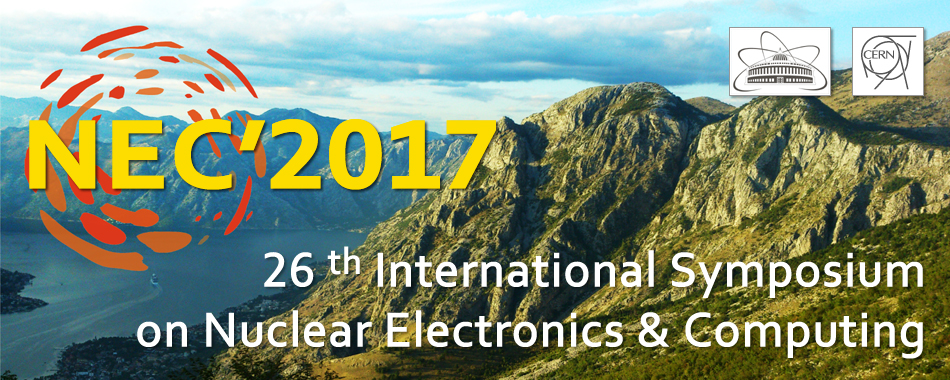Speaker
Prof.
Viacheslav Samarin
(Joint Institute for Nuclear Research, Flerov Laboratory of Nuclear Reactions)
Description
The modern parallel computing solutions were used to speed up the calculations by Feynman’s continual integrals method. The algorithm was implemented in C++ programming language. Calculations using NVIDIA CUDA technology were performed on the NVIDIA Tesla K40 accelerator installed within the heterogeneous cluster of the Laboratory of Information Technologies, Joint Institute for Nuclear Research, Dubna. The results for energies of the ground states of several few-body nuclei demonstrate overall good agreement with experimental data. The obtained square modulus of the wave function of the ground states provided the possibility of investigating the spatial structure of the studied nuclei. The use of general-purpose computing on graphics processing units significantly (two orders of magnitude) increases the speed of calculations. This approach may be useful for investigation of any few-body system including few-quark systems and may serve as an addition to other well-known methods, e.g., Gaussian expansion method and hyperspherical-harmonics technique.
Author
Prof.
Viacheslav Samarin
(Joint Institute for Nuclear Research, Flerov Laboratory of Nuclear Reactions)
Co-author
Mikhail Naumenko
(Joint Institute for Nuclear Research)

